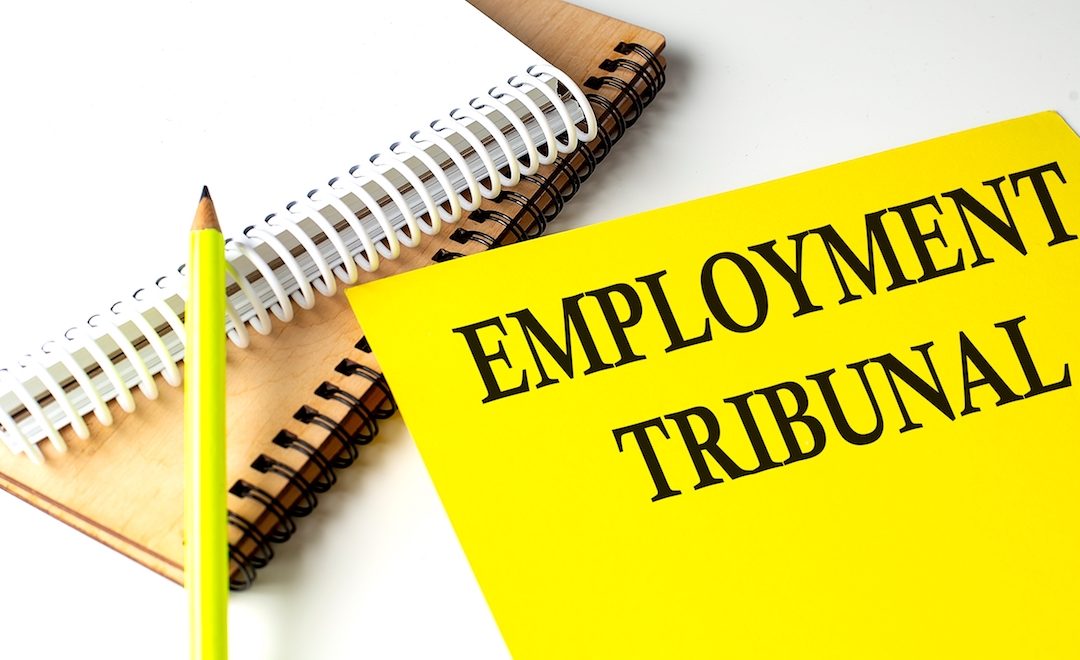The concept of ‘vicarious liability’ means that, usually, employers are responsible for discriminatory actions by their employees if they occur during the course of employment. However, employees can also be personally responsible for discrimination. Claimants can bring certain discrimination claims against both their employer and the individual employees involved.
A recent Employment Appeal Tribunal case examined if it was possible for a tribunal to find an employer liable for discrimination done by specific employees, but then decide those employees were not personally liable.
In the case of Baldwin v Cleves School and others, the Claimant accused her employer (R1) and two individual employees (R2 and R3) of direct disability discrimination. The tribunal found the employer (R1) guilty of discrimination because of the actions of R2 and R3. However, they decided that R2 and R3 weren’t personally liable, saying their actions were a misguided attempt to handle a complex situation.
The EAT disagreed with this decision and ruled that R2 and R3 should also be held liable for the discrimination, along with the employer (R1). The only way employees wouldn’t be liable for discriminatory actions, if the employer is found liable, is if they were told by the employer that the actions were legal, and they reasonably believed this. This wasn’t the case here.
The tribunal had already decided that R2 and R3’s actions were discriminatory when looking at R1’s culpability. They were not then able to reassess and decide differently about R2 and R3’s personal liability. The actions were already deemed discriminatory, making both the employer and the employees liable.
Find out how we can help. Our partner, Jon Dunkley, heads the Wollens specialist Employment Department. Contact him today for an informal chat, without obligation on 01271 342268 or via email at [email protected].



